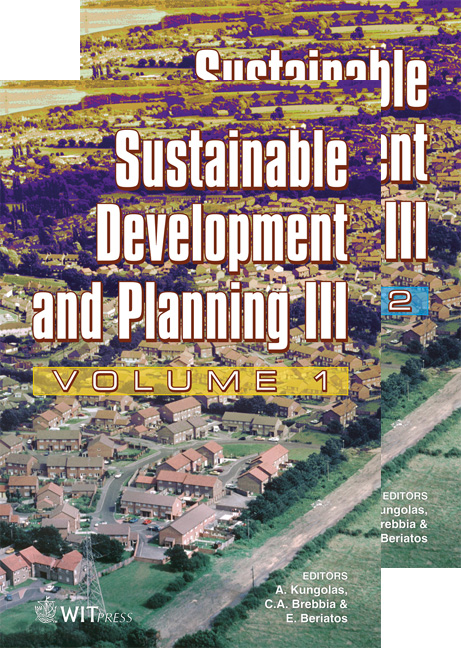Examining The Impact Of The Built Environment On Flood Losses In Texas
Price
Free (open access)
Transaction
Volume
102
Pages
10
Published
2007
Size
433 kb
Paper DOI
10.2495/SDP070371
Copyright
WIT Press
Author(s)
S. D. Brody & S. Zahran
Abstract
Floods continue to pose the greatest threat to the property and safety of human communities among all natural hazards in the United States. While the link between urbanization and flooding is established, the degree to which specific characteristics of the built environment affect the level of damage sustained by a community has never been thoroughly investigated at the regional scale. Our study addresses this lack of research by examining the relationship between the built environment and flood impacts in Texas, which consistently sustains the most damage from flooding of any other state in the country. Specifically, we calculate property damage resulting from 423 flood events over a five year period from 1997 and 2001 at the county level. We identify the impact of several built environment measures, including wetland alteration, impervious surface, and dams on reported property damage while controlling for biophysical and socioeconomic characteristics. Statistical results suggest that naturally occurring wetlands play a particularly important role in mitigating flood damage. These findings provide guidance to planners and flood managers on how to most effectively mitigate the costly impacts of floods at the community level. Keywords: wetland alteration, flooding, Texas, Florida, wetlands, sprawl. 1 Introduction Floods continue to pose the greatest threat among all natural hazards to the property, safety, and economic well-being of human communities in the United
Keywords
wetland alteration, flooding, Texas, Florida, wetlands, sprawl.





